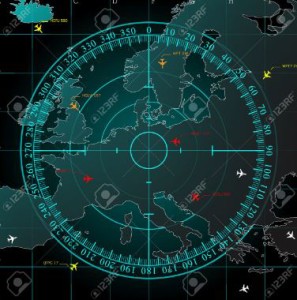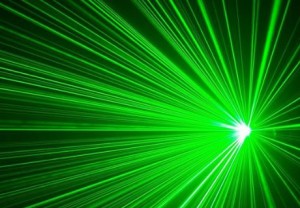Many of us when we get our licence, we are so euphoric that we drive drive drive and do not really care about our environment. Thinking that we are now ” king” of the roads, sometimes impatient and complacency get the better of us and before we know it we either get a speeding ticket or got caught using the handphone on the roads or even get into unecessary accidents.
SPEEDING
It is the most common offence in Singapore, but many of us are not sure about how the speed camera works. In short, there are a few main types of non manned ( means not Human manning Cameras).
Radar Cameras
These are the more commonly used sensor for stationary speed cameras. Radar itself means Radio Detecting And Ranging. It uses high frequency radio waves transmitted in cone shape. The waves reflect back to its transmitter or receiver when it encounter a solid object in its path. The reflected signal is then calculated using the algorithms to determine the speed, distance and also the direction of the object.
These cameras comes in two types, stationary cameras are relied heavily on having a transmitter permanently on and pointing towards the road ( usually on the fastest lane). This will trigger immediate response if the vehicle is detected to be going over the limit. Most of the radar cameras are found along our local expressways.
The flash is after the vehicle pass the camera. So if you see the flash before you in a stationary camera, it is likely that the flash is for the opposite direction.
Laser
Laser also means Light Amplification by Simulated Emission of Radiation. We know most commonly as this beam of red or green light coming out of the barcode scanner devices or our laser pointers. The electromagnetic radiation transmits at a significantly higher frequency thus the beams are smaller.The width of the laswer beam is must thinner than the radar and this allows the laser camera to be able to have an operational range of 800 m locking the target at a faster speed of 0.3-0.7 sec.
With its compact size and extended operating range, the laser speed camera sees liberal use on our local roads. These cameras can be hand held by the police officers themselves while on deployment at the overhead bridges or along the road side.
So far, these cameras are not available in the night version in Singapore. So usually the ” Camera men” are deployed in the day.
Some extra tips for prevention of getting “SHOT”
Be extra careful when driving along the roads during peak hours. This is because roads gets congested if there should be an accident. Therefore most of the ops are deployed during these hours. And usually during the peak hours, motorists are in mad rush to get from point to point, they tend to speed without realising it.
It is also very important that you slow down your vehicle to at least 70km/hr during the peak hours inside tunnels. Some of the tunnels if you do not realise like KPE and MCE do have 70 km/ hr speed limit. Before you know it, you might be on camera!


Leave a Reply